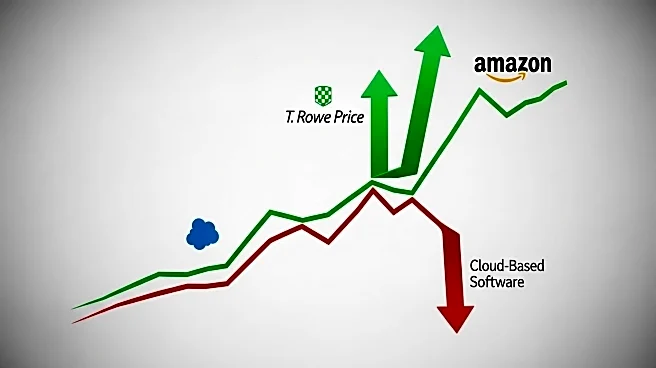What's Happening?
U.S. small-cap stocks, represented by the Russell 2000 index, have experienced a notable surge, outperforming the S&P 500 with a 7% rise in August. This increase is attributed to growing expectations of Federal Reserve interest rate cuts, which would benefit smaller companies reliant on debt financing. The Russell 2000's performance is closely tied to economic indicators and the Federal Reserve's monetary policy, with upcoming employment data and the Fed meeting on September 16-17 being critical for future movements. Investors are optimistic about the potential for rate cuts to unlock value in small-cap stocks, which have historically underperformed compared to large-cap stocks.
Why It's Important?
The performance of small-cap stocks is a key indicator of economic sentiment, as these companies are more sensitive to domestic economic conditions. A strong showing in this sector suggests confidence in economic growth and the potential for broader market gains. However, the reliance on rate cuts highlights the vulnerability of small-cap stocks to changes in monetary policy. Investors and market strategists are closely watching these developments, as they could signal a shift in market dynamics and investment strategies.
What's Next?
The Federal Reserve's upcoming meeting and the release of employment data will be pivotal in determining the direction of small-cap stocks. Investors will be assessing the extent of potential rate cuts and their impact on the economy. A favorable outcome could lead to continued gains in the small-cap sector, while any negative surprises could result in a pullback. The market's response to these events will provide insights into the broader economic outlook and investment trends.












